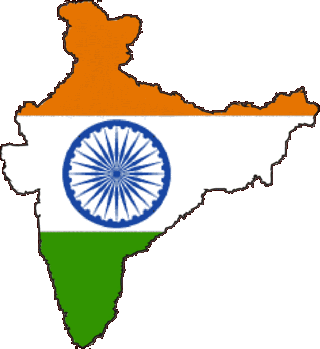Markandey Katju in The Times of India:
 What is India? I will present before you five thesis for your consideration.
What is India? I will present before you five thesis for your consideration.
(i) India is broadly a country of immigrants like North America. Over 92% people living in India are not the original inhabitants of India. Their ancestors came from outside, mainly from the North West.
(ii) Because India is a country of immigrants like North America there is tremendous diversity in India – so many religions, castes, languages, ethnic groups etc.
(iii) Despite the tremendous diversity in India, by the interaction and intermingling of these immigrants who came into India a common culture emerged in India which can broadly be called the Sanskrit-Urdu culture, which is broadly the culture of India.
(iv) Because of the tremendous diversity in India the only policy which can work and hold our country together is secularism and giving equal respect to all communities, otherwise our country cannot survive for one day.
(v) India is passing through a transitional period, transition from feudal agricultural society to modern Industrial society. This is a very painful and agonizing period in history. If you read the history of Europe from the 16th to 19th Centuries you will find that this was a horrible period in Europe. Only after going through that fire, in which there were wars, revolutions, turmoil, intellectual ferment, chaos, social churning, etc., modern society emerged in Europe. India is presently going through that fire. We are going through a very painful and agonizing period in our history which I think will last for around another 20 years. I may now briefly elaborate these theses.
More here. [Thanks to Umung Varma.]
